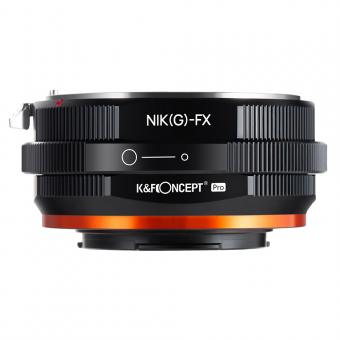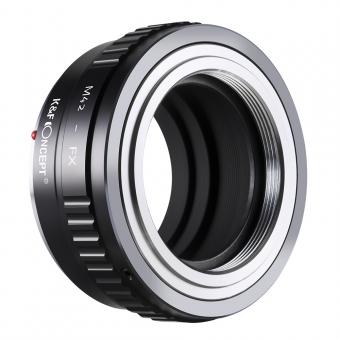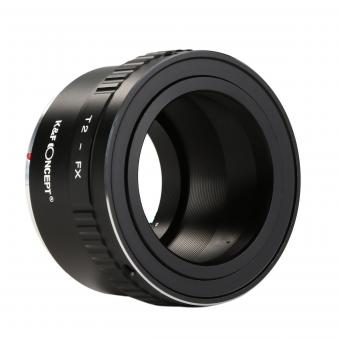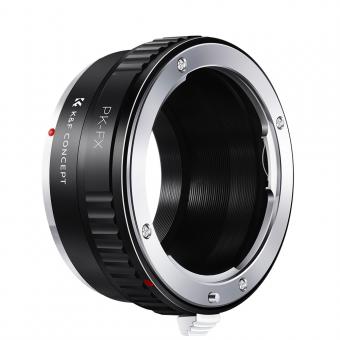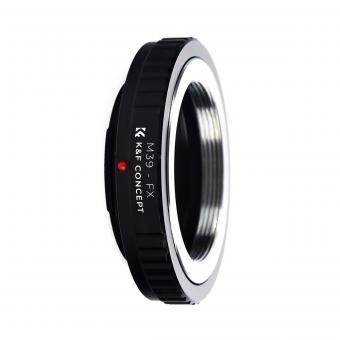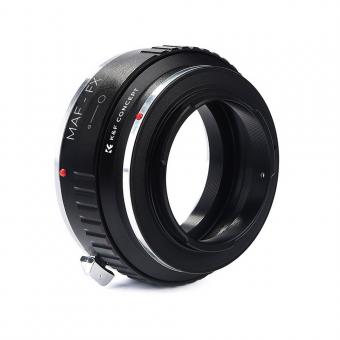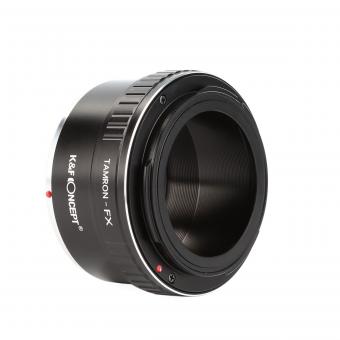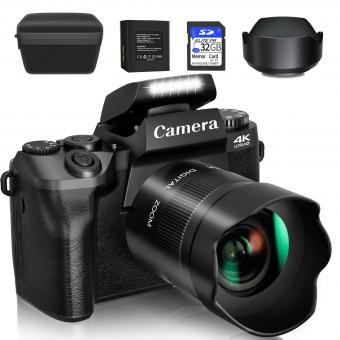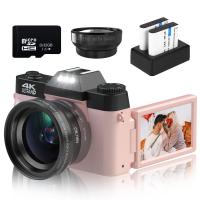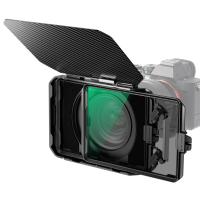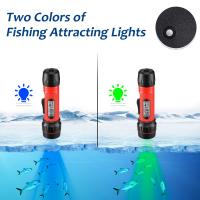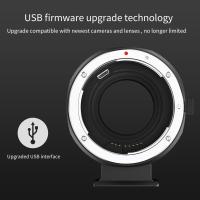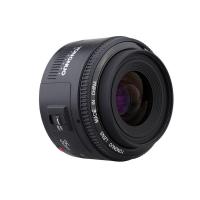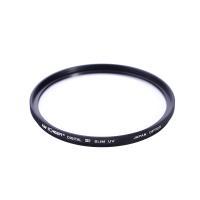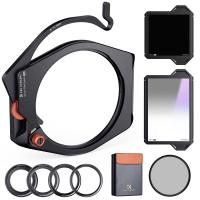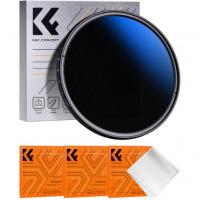Can I Use Nikon Lens On Fujifilm Camera?
In the world of photography, the compatibility of lenses across different camera brands is a common question among enthusiasts and professionals alike. One such query that often arises is whether Nikon lenses can be used on Fujifilm cameras. This question is particularly relevant for photographers who have invested in a collection of Nikon lenses but are interested in exploring the unique features and image quality offered by Fujifilm cameras. In this article, we will delve into the possibilities, challenges, and solutions for using Nikon lenses on Fujifilm cameras, providing a comprehensive guide for photographers looking to expand their creative toolkit.
Understanding Lens Mounts
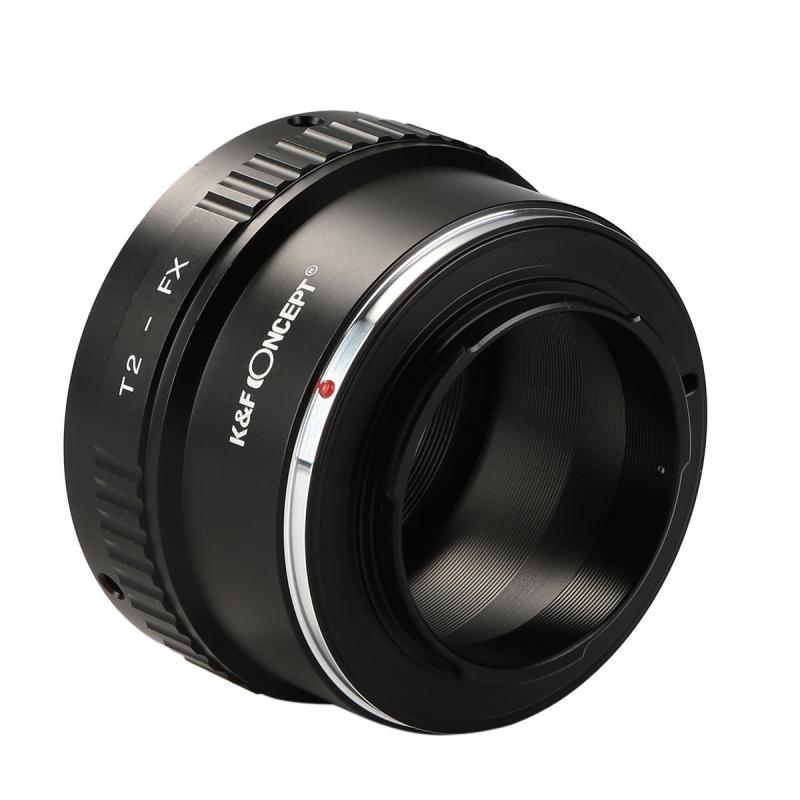
Before we explore the specifics of using Nikon lenses on Fujifilm cameras, it is essential to understand the concept of lens mounts. A lens mount is a mechanical and often electrical interface between a camera body and a lens. Different camera manufacturers use proprietary lens mounts, which means that lenses designed for one brand's mount will not natively fit on another brand's camera body. Nikon uses the F-mount for its DSLR cameras and the Z-mount for its mirrorless cameras, while Fujifilm uses the X-mount for its APS-C mirrorless cameras and the G-mount for its medium format cameras.
The Role of Lens Adapters
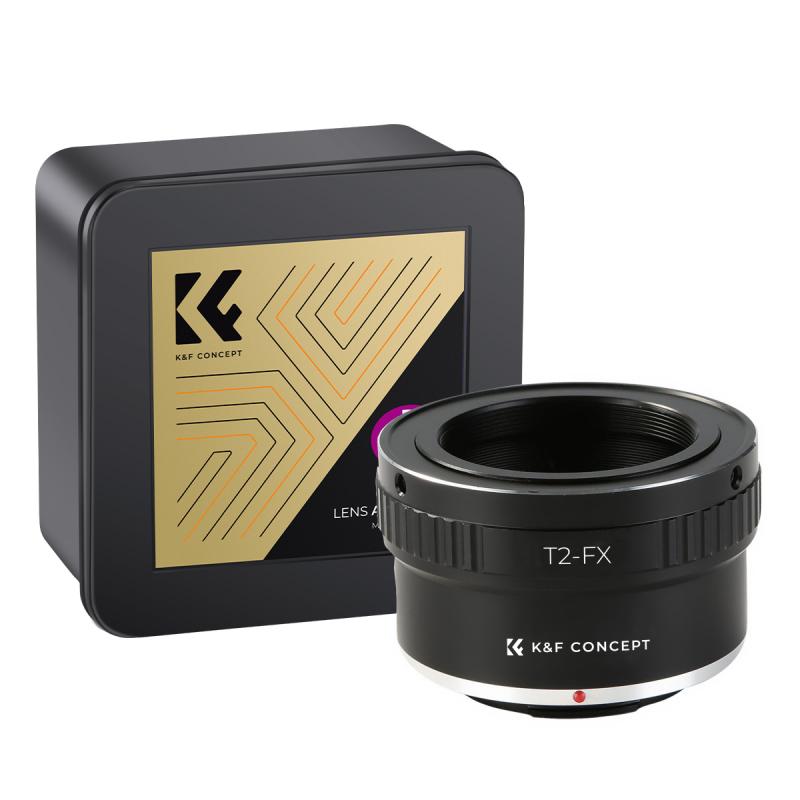
The primary solution for using Nikon lenses on Fujifilm cameras is through the use of lens adapters. A lens adapter is a device that allows a lens from one brand to be physically attached to a camera body of another brand. There are various types of lens adapters available, ranging from simple mechanical adapters to more advanced ones that maintain electronic communication between the lens and the camera.
Mechanical Adapters
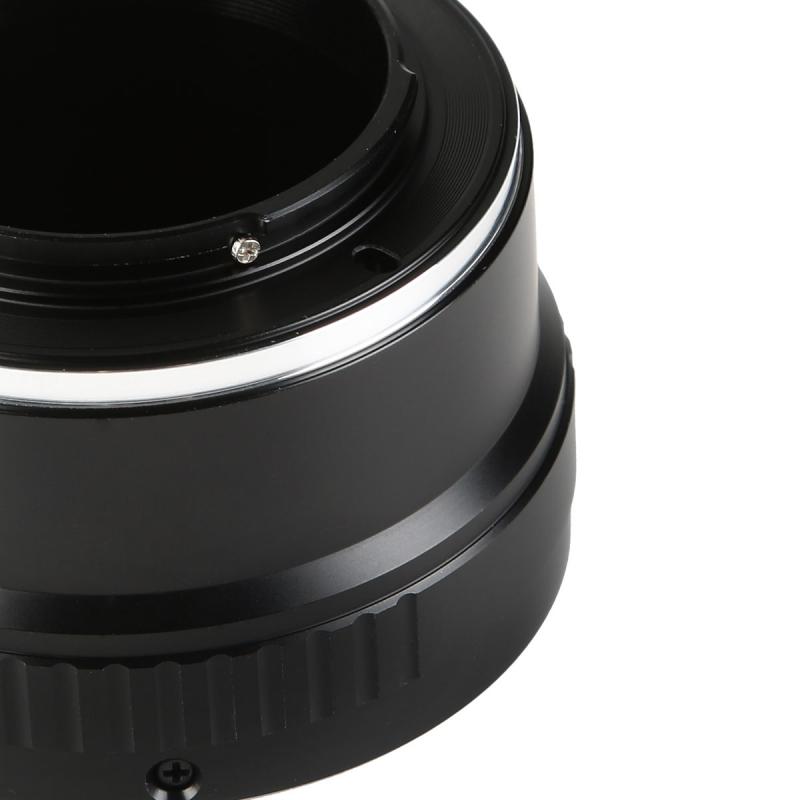
Mechanical adapters are the most basic type of lens adapters. They provide a physical connection between the lens and the camera but do not support electronic communication. This means that features such as autofocus, image stabilization, and aperture control will not work. Photographers using mechanical adapters will need to manually focus their lenses and set the aperture using the aperture ring on the lens (if available). While this may be a limitation for some, it can also be an opportunity to engage in a more deliberate and thoughtful approach to photography.
Electronic Adapters

Electronic adapters, on the other hand, are designed to maintain electronic communication between the lens and the camera. These adapters can support autofocus, image stabilization, and electronic aperture control, making the experience more seamless and closer to using a native lens. However, electronic adapters are generally more expensive than mechanical adapters and may not be compatible with all Nikon lenses or Fujifilm camera models. Additionally, the performance of autofocus and other electronic features may vary depending on the specific combination of lens and camera.
Compatibility Considerations
When using Nikon lenses on Fujifilm cameras, there are several compatibility considerations to keep in mind:
1. Crop Factor: Fujifilm's X-mount cameras use APS-C sensors, which have a crop factor of 1.5x. This means that the effective focal length of a Nikon lens will be multiplied by 1.5 when used on a Fujifilm APS-C camera. For example, a 50mm Nikon lens will have an effective focal length of 75mm on a Fujifilm APS-C camera.
2. Lens Coverage: Nikon lenses designed for full-frame cameras (FX lenses) will generally cover the entire sensor area of Fujifilm APS-C cameras without vignetting. However, Nikon lenses designed for APS-C cameras (DX lenses) may not provide full coverage on Fujifilm APS-C cameras, potentially resulting in vignetting or dark corners.
3. Manual Focus: As mentioned earlier, using mechanical adapters will require manual focusing. Photographers should be comfortable with manual focus techniques and may benefit from using focus peaking or magnification features available on Fujifilm cameras to achieve accurate focus.
4. Aperture Control: If using a mechanical adapter, aperture control will need to be done manually using the aperture ring on the lens. Some Nikon lenses, particularly newer models, do not have an aperture ring, which can make aperture control more challenging.
Practical Applications and Benefits
Despite the challenges, there are several practical applications and benefits to using Nikon lenses on Fujifilm cameras:
1. Lens Variety: Nikon has a vast selection of lenses, including many specialized and high-quality options that may not be available in Fujifilm's lineup. Using an adapter allows photographers to access this extensive range of lenses.
2. Cost Savings: For photographers who already own Nikon lenses, using an adapter can be a cost-effective way to expand their lens options without investing in new Fujifilm lenses.
3. Creative Flexibility: Adapting lenses can open up new creative possibilities, such as using vintage Nikon lenses with unique optical characteristics or experimenting with different focal lengths and apertures.
4. Build Quality: Many Nikon lenses, especially professional-grade models, are known for their robust build quality and optical performance. Using these lenses on a Fujifilm camera can enhance the overall shooting experience.
In conclusion, while using Nikon lenses on Fujifilm cameras presents certain challenges, it is entirely feasible with the right lens adapter. Photographers should carefully consider the type of adapter that best suits their needs, whether it be a mechanical adapter for a more manual shooting experience or an electronic adapter for maintaining autofocus and other electronic features. By understanding the compatibility considerations and practical applications, photographers can effectively expand their creative toolkit and make the most of their existing lens collection. Whether you are a seasoned professional or an enthusiastic hobbyist, exploring the possibilities of lens adaptation can lead to new and exciting photographic opportunities.

